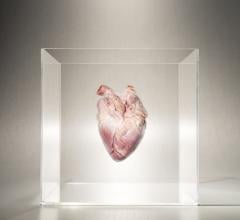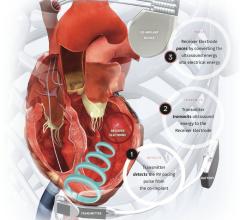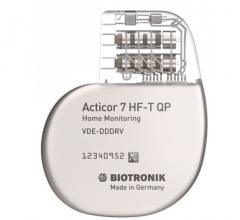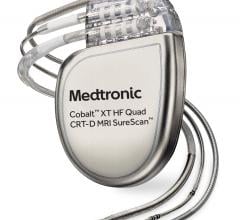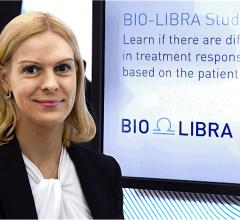February 6, 2009 – The FDA has approved St. Jude Medical Inc.’s medical device system that allows a single defibrillation lead connection between a cardiac resynchronization therapy defibrillator (CRT-D) and the leads that send electrical impulses to the heart to treat the symptoms of heart failure.
The new connector system, reportedly the industry’s first, includes the Durata defibrillation lead with the SJ4 connector and the Promote CRT-D with the SJ4 connector, and is expected to simplify the overall procedure. The new system also reduces the volume of the leads and device in the chest pocket, which could lessen the risk of lead abrasion.
The SJ4 connector system features a single connection between the CRT-D and the defibrillation lead and a single set screw. Current lead designs require three separate connections and four set screws. The company says the SJ4 connector system was designed to meet the draft International Organization of Standardization (ISO) IS-4 standard but will not be labeled as such until the standard is published, which is expected later this year.
The new Durata lead is the same diameter as the company’s current Durata high-voltage lead which, at 7 French, is the smallest diameter high-voltage lead on the market, says St. Jude. Small diameter leads may be especially helpful for patients with compromised blood flow or a narrow vasculature, or patients who need CRT-D systems that require three leads to be placed in a single vessel.
The Promote CRT-D is an implantable cardiac resynchronization therapy defibrillator for the treatment of heart failure. Like its predecessor product, the Promote CRT-D with the SJ4 connector includes features designed to customize treatment to each patient’s unique needs. Built on the St. Jude Medical consolidated hardware and software “Unity” device platform, the Promote CRT-D includes the company’s advanced safety features and algorithms for better patient management. These include improved lead monitoring capabilities – including daily checks of all pacing and shock configurations – that provide added patient safety.
As a requirement of the FDA approval, St. Jude Medical will conduct a post-approval study that will enroll up to 1,700 patients and follow the group for five years. The company will also be gathering data on this new connector system as part of its ongoing SCORE patient registry, designed to track long-term data on system performance for all products, including new technology.
St. Jude Medical will begin a limited release over the coming months and expects a full release of the product later this year. The company says it will continue to offer its other standard connector systems so that physicians can select a device configuration based on their preference and the individual needs of their patient.
For more information: www.sjm.com.


 July 21, 2025
July 21, 2025 

